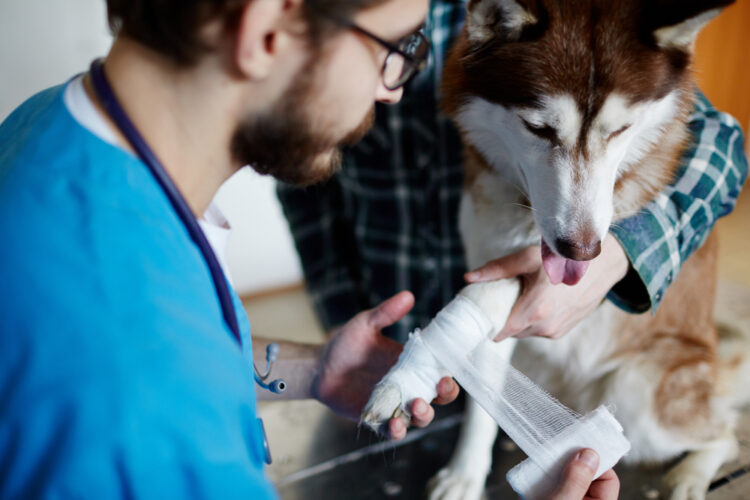Caring for pets in emergencies can be tough. You want the best for your furry friend. That’s why first aid knowledge is crucial. Today, the animal clinic in Clearwater, FL, shares essential tips to help you manage pet crises. In emergencies, seconds matter. Knowing what to do can save lives. You’ll learn about common pet emergencies and quick actions you can take. Discover how to assess situations and steps for immediate care. These tips empower you to act confidently. Remember, understanding your pet’s needs and reactions is key. Whether it’s choking, bleeding, or a broken bone, you’ll be ready. This guidance ensures you’re prepared when your pet needs you most. Your calm response can bring comfort and support to your beloved companion. Let’s explore these important first aid tips together. After this, you’ll be more equipped to handle any situation that comes your way.
Identifying Common Pet Emergencies
Recognizing emergencies is the first step in providing proper care. Pets can’t communicate their pain, so you must watch for signs of distress. Common emergencies include:
- Choking
- Severe bleeding
- Broken bones
- Heatstroke
- Poisoning
Pay attention to unusual behavior or physical changes. Rapid breathing, limping, or vomiting could indicate serious issues. Quick action is necessary to prevent worsening conditions.
Immediate Actions to Take
In emergencies, having a plan helps you stay calm. Here’s a quick guide for some situations:
Choking
If your pet is choking, try to remove the object carefully. Open the mouth and look inside. If you can’t remove it, do not force it. Perform gentle chest compressions to help dislodge the item. Contact a vet immediately.
Severe Bleeding
Apply pressure to the wound with a clean cloth. Secure the cloth with bandage or tape. Keep the injured part elevated if possible. This minimizes blood loss and aids clotting. Seek veterinary help right away.
Broken Bones
Keep your pet as still as possible. Moving can cause more harm. Use a makeshift splint to stabilize the limb. Avoid tight bindings. Transport your pet to the vet for proper treatment.
Creating a Pet First Aid Kit
A well-stocked kit is essential for emergencies. Here’s what you need:
| Item | Purpose |
| Gauze and Bandages | Wound dressing |
| Antiseptic wipes | Cleaning wounds |
| Tweezers | Removing foreign objects |
| Thermometer | Checking for fever |
| Scissors | Cutting bandages |
| Pet First Aid Book | Quick reference |
Customize your kit based on pet needs. Regularly check expiration dates and replace used items.
Preventing Common Pet Emergencies
Prevention is key. Here are some tips to reduce risks:
- Secure hazardous substances out of reach
- Supervise pets in unfamiliar environments
- Maintain regular veterinary check-ups
By being proactive, you can protect your pet from harm. Educate family members about these precautions for added safety.
When to Contact a Veterinary Professional
Sometimes, professional care is necessary. If you notice severe symptoms or if your pet’s condition worsens, reach out to a vet. They have the expertise to handle complicated cases. Here’s a resource from the American Veterinary Medical Association for more detailed guidelines.
Conclusion
Understanding pet first aid empowers you to act during crucial moments. With knowledge and preparation, you provide the best care for your furry friend. Follow these tips to stay ready for any situation. Your love and quick response can make all the difference. Together with your local vet, ensure a safe and healthy life for your pet. For more information, consider visiting trusted sources like the Centers for Disease Control and Prevention.







